Archive for March 2011
Little Miracles Earrings
“Sparkling Dew”
This Create Your Style with SWAROVSKI ELEMENTS Instruction Guide very tiny 5000 Swarovski Round Beads at the top, and the 6690 Pendant – both in the new Crystal Silver Night Color from Last Year’s Innovations. Call a sales associate at 800-333-4144 to order these items!!
Get Your Instruction Guide HERE and do-it-yourself!
Check out more CYS with SWAROVSKI ELEMENTS Instruction and Inspiration Guides HERE!
Rhode Island School of Design Museum Presents “Cocktail Culture” Exhibition, April 15-July31
Posted on: March 3, 2011
- In: Uncategorized
- 2 Comments
Organized by the Rhode Island School of Design Museum’s Department of Costume and Textiles and curated by Joanne Dolan Ingersoll, Cocktail Culture is the first multi-disciplinary exhibition to explore the social ritual of drinking and entertainment through the lens of fashion and design.
Friday, April 15 – Sunday, July 31, 2011
“Cocktail Culture: Ritual and Invention in American Fashion 1920-1980” is one of the largest exhibitions of costume and textiles in the RISD Museum’s history. From Prohibition to disco, cocktails and fashion ritualized the passage of time, and helped men and women navigate the sweeping social changes that defined 20th-century American life. Cocktail culture—and the fashion that defined it—succeeded in unifying diverse groups of people while providing a means of vibrant personal expression.
The exhibition will include more than 220 objects—including clothing, textiles, decorative and fine art—drawn from the Museum’s collections and loans from the Mead Art Museum, Amherst College; Condé Nast; Dallas Museum of Art; the Hagley Museum and Library at the University of Delaware; the Museum of Fine Arts (Boston); the Newark Museum of Art; Yale University Art Gallery; and private collections. The exhibition features a stunning array of apparel—most from the RISD Museum’s vast collection—by major designers such as Elizabeth Arden, Cristóbal Balenciaga, Pierre Balmain, Pierre Cardin, Chanel, Christian Dior, Oscar de la Renta, and more. Examples of photography by Lillian Bassman, Aaron Siskind, and James Van Der Zee, illustration by Gordon Conway and Miguel Covarrubias, decorative art by Victor Bergeron, Norman bel Geddes, Lurelle Guild, René Lalique, Swarovski, Russel Wright, are contextualized with novelty items such as sleek Art Deco celluloid barware to a 1940s tiki bar from Japan.
Concept:
The exhibition is designed around thematic sections based on the different decades of fashion and certain “Icons”: “Icons” are objects considered classic to cocktail culture: the cocktail glass, the martini shaker, the Little Black Dress.
*The Themes*
MIXED COMPANY (1920s-30s)
During the Roaring Twenties and prohibition, cocktails are consumed in private, at someone’s house or at discreet nightclubs. The mixing in the title refers to men and women “mixing” in this new social situation where they dress for each other.
URBAN NIGHTLIFE (1920-1930s) In this era, drinking liquor moves out of the house and into the nightclub or speakeasy; Harlem and the jazz club become a major influence on fashion. Short, unstructured dresses, like the beaded French evening dress, free the body for movement and dance and represent a new independence for women.
TRAVEL (1920-1940s)
In order to circumvent Prohibition restrictions, the luxury ocean liner becomes a means for communicating attitudes, comportment, and style. New fashion influences, especially those of tropical and exotic locales, take hold; leisure wear becomes a mainstay of American fashion. NEW MATERIALS, A NEW
PURPOSE (1940s into the early 1950s)
Wartime rationing limited yardage in clothing and made embellishment such as embroidery, metal buttons, turn-back cuffs, pleating, and even pockets seem frivolous. The women’s suit emerged, as women went to work outside the home, but the neat suit works for evening, too, with a simple change of accessories.
THE RULES (The 1950s)
Reflecting postwar prosperity, fashion begins to look to Paris again. The exhibition asserts that cocktail culture as we have come to understand or visually interpret it today originated during this postwar period, the cocktail dress, combining the elegance of evening wear with the informality of the day dress, is the iconic look of this period and continues to define style to the present day.
DAY FOR NIGHT (late 1950s to early 1960s)
Films of the late 1950s and early 1960s reflect Cold War anxiety and brood over the dark side of indulgence and overconsumption. Films such as Breakfast at Tiffany’s, La Dolce Vita, and Who’s Afraid of Virginia Woolf have a tremendous influence on fashion. In this period, shapes become simpler, but accessories are over the top. The Little Black Dress, always ubiquitous in the cocktail culture, becomes a must-have for women in all social spheres.
THE NEW CASUAL (1960s and 1970s)
In the 1960s, cocktail culture reflects the general loosening of society’s rules.
Following the explosion of suburban development across America, the cocktail party moves from the living room to the backyard patio. This informality of setting
influences both barware and clothing, such as Carolyn Schnurer’s sundress on view. Modernist aesthetic is reflected in Scandinavian designed housewares and design objects.
INTERNATIONAL SET/CLUB CULTURE (late 1960s through the 1970s)
With the social upheaval of the late 1960s and 1970s, freedom and experimentation find their expression in nightlife, as they did in the 1920s. The concurrent rise of Pop Art is reflected in the bright colors and flat patterns of cocktail wear. Newly created synthetic fabrics with psychedelic prints, like Pucci’s colorful cocktail dresses, become high style. New shapes emerge, such as the plunging neckline and the pantsuit, epitomized by the Molly Parniss gold polyester and sequin ensemble that would be right at home at Studio 54.
Cocktail Culture is accompanied by a robust schedule of related events, including gallery talks, lectures, public events, and educational programming to enhance the exhibition experience.
Sponsors
Cocktail Culture is sponsored by Swarovski with additional support from The Coby Foundation and the Museum Associates.
Merchants Overseas is pleased to invite our VIP customers to attend the opening on Thursday April 14th
For additional information please contact Sarah Moniz at Smoniz@merchantsoverseas.com
For more information visit http://risdmuseum.org/exhibition.aspx?type=forthcoming&id=2147488416
The New Spring/Summer SWAROVSKI ELEMENTS Innovations are Organic and Romantic!
Posted on: March 1, 2011
The New Spring/Summer 2012 SWAROVSKI ELEMENTS Innovations are HERE and were designed to Evoke Natural Beauty and Happiness.
Mirroring society’s current concerns, Spring/Summer 2012’s newcomers to the SWAROVSKI ELEMENTS product range speak of a collective quest for personal fulfillment, simplicity and a closer connection with nature.
This season, SWAROVSKI ELEMENTS interpret these yearnings in sparkling crystal innovations with a romantic aesthetic: organic shapes that echo the planet’s power and beauty; pared-down, natural materials; and a warm palette of soothing earth tones give inspiration and delight to designers everywhere.
The jewellery trends for Spring/Summer 2012 at SWAROVSKI ELEMENTS hints at everything ‘natural’, to spell heightened spiritual fulfillment and a quiet optimism, a harmony with nature. The inspiration has been implemented in five distinct trends: EARTH (Classic), CHALK (Romantic), ROCKS (Progressive), SAND (Harmony) and PRECIOUS METAL (Glamour).





















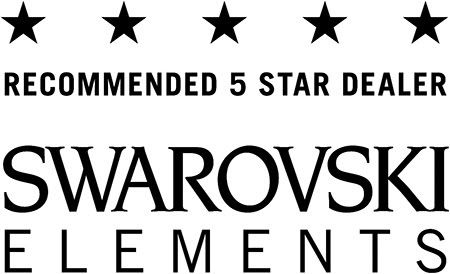
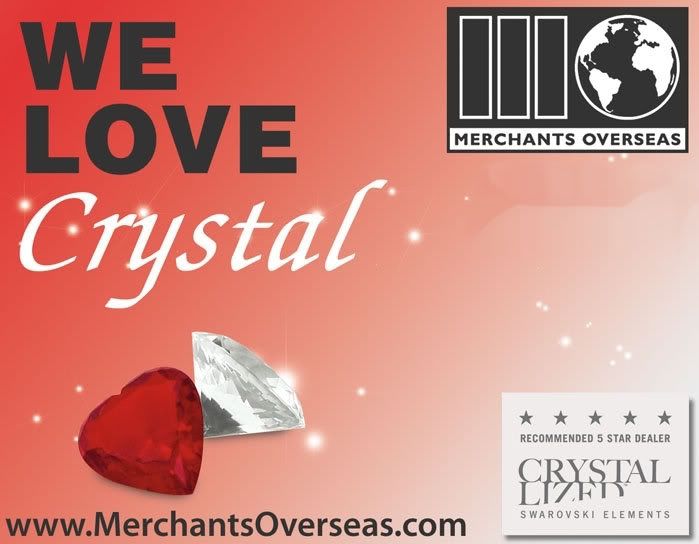



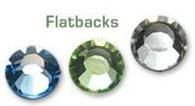


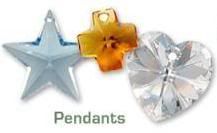
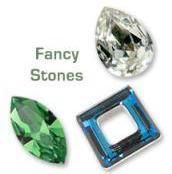











Recent Comments